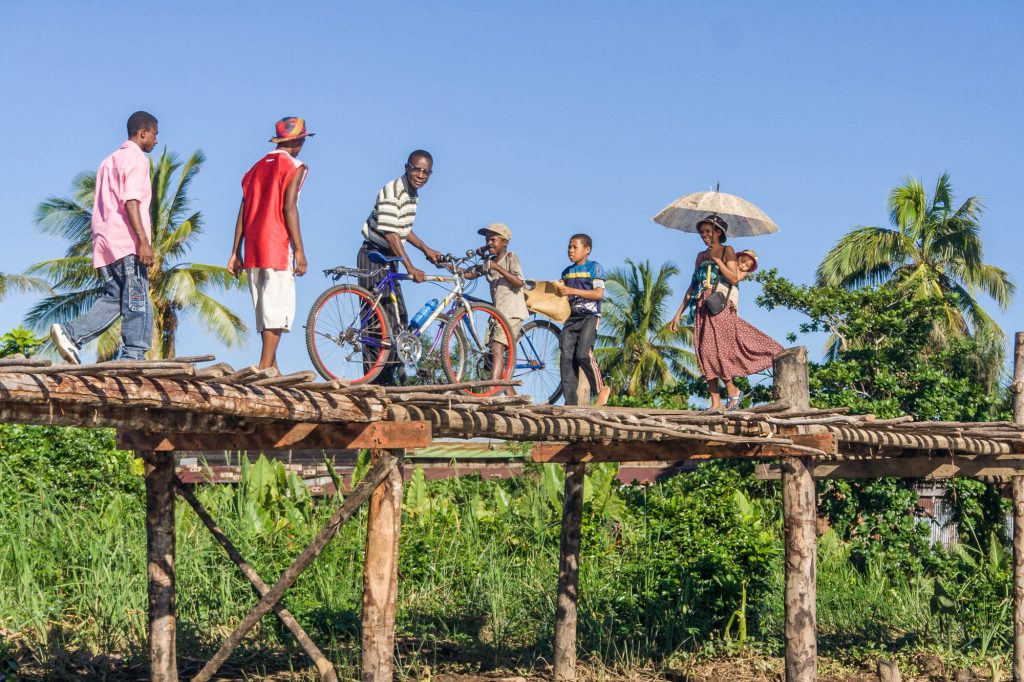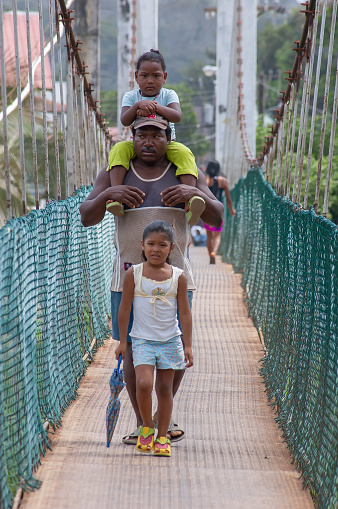Computer Vision Model Counts Bridge Crossings in African Villages
Discover how a machine vision model that was created is helping to maintain critical forms of transportation for people living in African villages.
Problem Statment
According to the World Bank, more than a billion people do not have year-round access to a road. Many of these people are deprived of clean drinking water and adequate sanitary facilities. Rewisdom AI’s client based in the United States collaborated with a reputable non-profit organization and other partners to better quantify and tackle this issue.
The non-profit created bridges between rural communities that have been isolated for too long. Their conventional monitoring techniques often depend on manual, in-person data collecting, which takes time, generates limited data, and is labor-intensive. It was necessary to use a continuous and automated procedure.

What can you take away from this charitable collaboration?
The successful pilot plan gives a once-in-a-lifetime chance to investigate the relationship between bridge usage and various crucial economic, health, agricultural, and educational outcomes in rural areas. `Automated counting techniques and analytic tools may also monitor mobility patterns throughout the globe.
Get in Touch
Talk to us and let us help your business
Solution
Rewisdom AI’s client collaborated with one of the university counted in the top research universities in international research associations. Teams from the non-profit built many bridges spanning high-traffic flood zones to preserve communities' access to healthcare and other services. They required a precise count of people crossing each bridge to estimate their usage and influence on commerce, economic success, and other factors. So the team of Rewisdom AI created, built, and tested a unique AI approach for assessing bridge use that combined low-cost, commonly accessible motion-activated digital cameras with open-source computer vision algorithms.
We can conclude that:
- Rewisdom AI created an AI machine vision model to count pedestrian bridge crossings.
- Open-source Computer vision algorithms were used with motion-activated digital cameras.
Outcome
Our study enabled the international association of global engineering to conclude that the bridges were indeed successful, furthering an endeavor to safeguard the access to critical services of a substantial number of African villages. During one observation period, 33,800 pedestrian crossings were counted. Thousands of Africans and other residents may now sell items at their local market or go to school without scare of being attacked.

